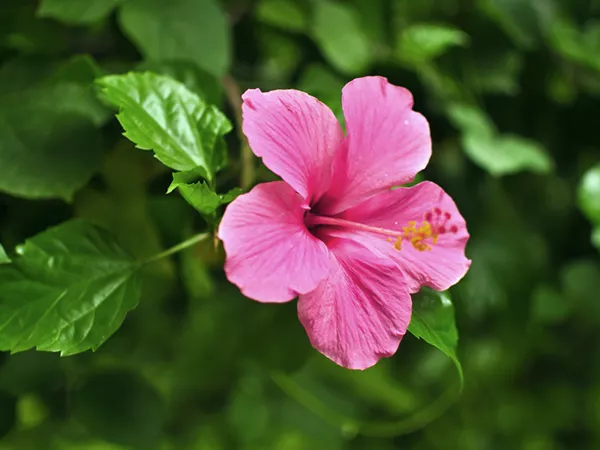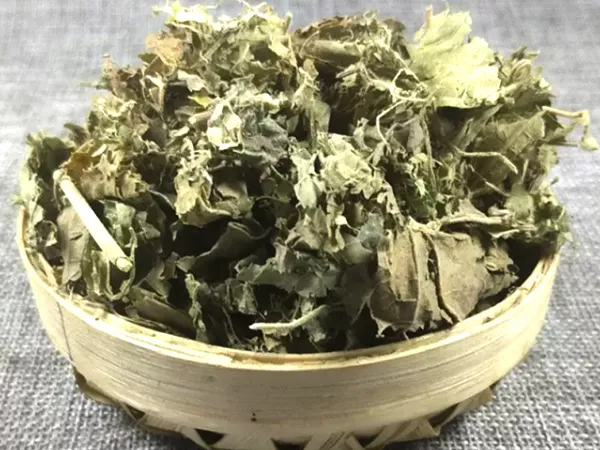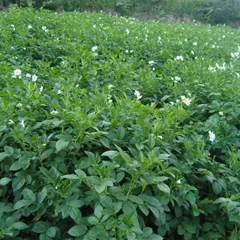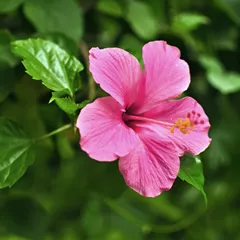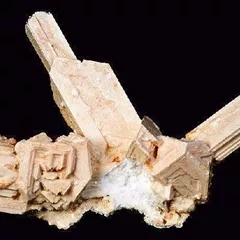Use of Fu Rong Ye (hibiscus leaves) in TCM
Please note that you should never self-prescribe TCM ingredients. A TCM ingredient is almost never eaten on its own but as part of a formula containing several ingredients that act together. Please consult a professional TCM practitioner, they will be best able to guide you.
Preparation: Collect the leaves and dry
Dosage: 6-18g
Main actions according to TCM*: Cools the Heat in the Blood. Relieves edema and expels pus. Stops pain. Clears the Lung Heat.
Primary conditions or symptoms for which Fu Rong Ye may be prescribed by TCM doctors*: Carbuncles Furuncles Sores Herpes zoster Conjunctivitis Swellings Skin inflammation Burns Scalds Trauma Internal injuries
Contraindications*: Contraindicated for those with deep-seated abscess without redness or swelling.
Common TCM formulas in which Fu Rong Ye is used*
Er Qing Gao
Source date: 1617 AD
Number of ingredients: 11 herbs
Formula key actions: Clears Toxic-Heat. Disperses swelling. Relieves pain.
Conditions targeted*: BoilsCarbuncles and others
Fu Rong Ye is a king ingredient in Er Qing Gao. Like the name indicates, it means it has more power than other ingredients in the formula.
In Er Qing Gao, Fu Rong Ye is bitter and cold. It drains Fire, resolves Toxic-Heat, disperses swelling and relives pain. It treats internal clumping due to accumulation of Toxic-Heat.
Key TCM concepts behind Fu Rong Ye's properties
In Traditional Chinese Medicine (TCM), Fu Rong Ye belongs to the 'Herbs that cool the Blood' category. Herbs in this category are used to clear inflammatory and infectious conditions, referred to as 'Internal Heat' in TCM. This is why most of the herbs in this category will have both antibacterial and antiviral properties. In TCM one has too much 'Internal Heat' in their body as a result of a deficiency of 'Yin' (which is Cold in nature, see our explanation on Yin and Yang) or, more commonly, an Excess of Yang (Hot in nature). Herbs that cool the Blood treat the latter and as such tend to be Cold or Neutral in nature.
As suggested by its category Fu Rong Ye is Neutral in nature. This means that Fu Rong Ye typically doesn't affect the balance in your body. Balance between Yin and Yang is a key health concept in TCM. Eating too many "Hot" (Yang) ingredients can lead to an imbalance whereby one has a Yang Excess. The inverse is true as well: too many "Cold" (Yin) ingredients can lead to a Yin Excess. The Neutral nature of Fu Rong Ye means that you don't have to worry about that!
Fu Rong Ye also tastes Pungent. The so-called 'Five Phases' theory in Chinese Medicine states that the taste of TCM ingredients is a key determinant of their action in the body. Pungent ingredients like Fu Rong Ye tends to promote the circulations of Qi and Body Fluids. That's why for instance someone tends to sweat a lot when they eat spicy/pungent food.
The tastes of ingredients in TCM also determine what Organs and Meridians they target. As such Fu Rong Ye is thought to target the Liver and the Lung. In TCM the Liver is often referred as the body's "general" because it is in charge of regulating the movements of Qi and the Body Fluids. It also takes a leading role in balancing our emotions. In addition to performing respiration, the Lungs are thought in TCM to be a key part of the production chain for Qi and the Body Fluids that nourish the body.

